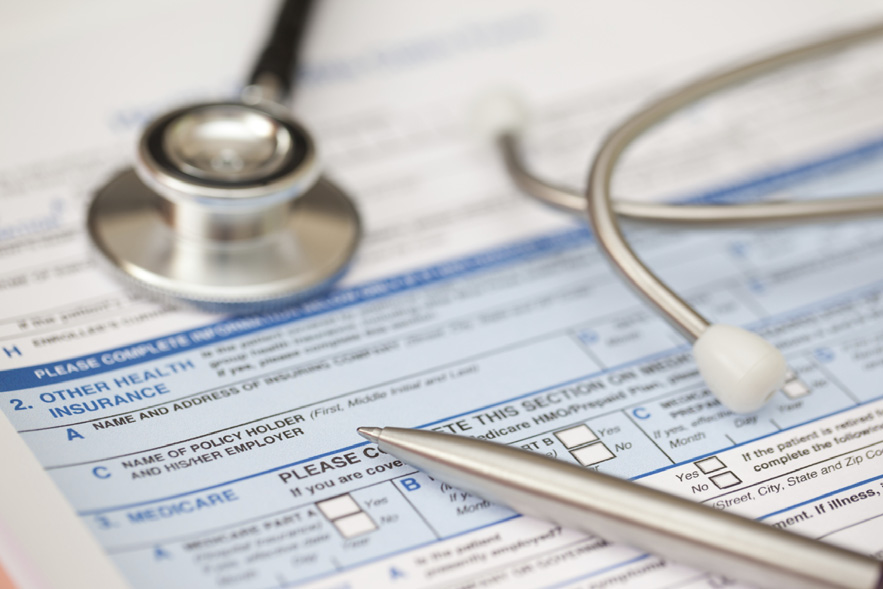Update: June 11, 2020
The President signed the Paycheck Protection Program Flexibility Act of 2020 (the “Act”) on June 5, 2020.
The Act eliminates the paragraph in the CARES Act (enacted March 27, 2020) that turns off the employer payroll tax deferral provision if the taxpayer obtains forgiveness under a PPP loan. Based on this change, taxpayers can now take advantage of the employer payroll tax deferral provision under section 2302 of the CARES Act through the end of 2020, regardless of whether they obtain a PPP loan or if they obtain forgiveness under a PPP loan.
If you have questions regarding this update, please reach out to your Withum advisor.
Update: April 11, 2020
Since the passage of the CARES Act on March 27, 2020, a lot has been written about the employer payroll tax deferral provision in section 2302. It allows employers to defer the employer’s portion (6.2%) of the Social Security payroll tax (and certain railroad retirement taxes) on wages paid from March 27, 2020, through December 31, 2020. This benefit applies to employers of all sizes and the amounts deferred must be repaid in equal installments by December 31, 2021, and by December 31, 2022. No interest on the deferred amount is provided in the Act.
The biggest limitation on the ability of employers to defer payroll taxes under this provision is the Paycheck Protection Program (PPP) exclusion, i.e., the payroll tax deferral provision does not apply if a taxpayer obtains loan forgiveness under a PPP loan. This has created a lot of uncertainty because many businesses are not sure if they can obtain a PPP loan, even if they can find a bank with the capacity to accept and process their application.
This has created a catch-22 for employers – they want to defer payroll taxes, but still hope and expect to obtain a PPP loan at some point. Some taxpayers are taking an extremely conservative stance and are not deferring payroll taxes because they do not want to risk incurring IRS penalties. Others are taking a more practical approach and deferring payroll taxes with the intention of repaying them if they ultimately obtain loan forgiveness under a PPP loan.
Now, the IRS has provided an even more generous third option – employers can defer the payroll taxes up to the date of forgiveness, and then continue the deferral of such amounts up to the repayment dates listed in the statute – half by December 31, 2021, and the balance by December 31, 2022. The only limit is that the deferral of additional payroll taxes must stop as of the date of forgiveness. This is a big victory for taxpayers, especially since forgiveness under a PPP loan may not occur as a practical matter until September or October of this year at the earliest.
The IRS guidance comes in the form of FAQs posted on its website. There are 11 FAQs as of now, but the IRS stated they will be updated the list over time to address additional questions as they arise.
Here are the details.
The deferred amounts for Q1 2020 (January through March) will be reported on the employer’s Q2 Form 941, which covers the period from April through June. The IRS will provide instructions on how to reflect this on Form 941 in the near future, but no special election will be required to take the deferral.
Employers can defer the payroll taxes from March 27, 2020, through the end of the year, but only up until the date that the PPP loan is forgiven. Because forgiveness under the PPP will be determined under a formula with many moving parts, it is expected that not all taxpayers will obtain forgiveness of their entire loan amounts. The IRS has not indicated at this time exactly how much loan forgiveness will be required before it shuts off the payroll tax deferral.
Here is the best news – in FAQ #4.
Employers can continue to defer payroll taxes after they obtain a PPP loan, and can continue to do so up to the date they receive a forgiveness decision from their lender, which as stated above is not expected to occur until September or October at the earliest. Most likely, this will allow many employers to defer payroll taxes through most of October and November. This IRS will allow this deferral without any deposit or failure to pay penalties, and the deferred amounts do not need to be repaid until the dates listed in the statute – half by December 31, 2021, and the balance by December 31, 2022.
Consider a taxpayer who obtains a PPP loan on April 15, 2020. The 8-week spending period for forgiveness ends on June 10, 2020. If the taxpayer submits its application for forgiveness within 90 days, on September 8, then the lender has 60 days after that to render a decision – which takes it to November 7. This is great news for all taxpayers – they can effectively take advantage of both the PPP and payroll tax deferral, at least until they receive a decision from their lender on loan forgiveness.
contact a member of Withum’s SBA Financial Assistance Services Group.
What about the employee retention credit – can this benefit be taken now too?
The employee retention credit in section 2301 of the Act is a refundable payroll tax credit that is allowed only if the employer does not obtain a PPP loan (note this hinges on obtaining a PPP loan rather than obtaining forgiveness under a PPP loan). The IRS did not address whether employers can take this credit up until the date they obtain a PPP loan, but the IRS did address this credit in relation to the payroll tax deferral provision discussed in this article.
Taxpayers are entitled to defer payroll taxes under the payroll tax deferral provision before they determine whether they are entitled to employee retention credits or credits under the qualified sick/family leave provisions of the Families First Coronavirus Response Act. This is another favorable aspect of the IRS guidance because it allows employers to layer the benefit of payroll tax deferral on top of these other provisions.
What did the IRS not address in the FAQs? The IRS did not address the employer’s tax deduction for the deferred payroll tax amounts. In general, the employer’s deduction for the deferred payroll tax amount will not be allowed in 2020. If half of the deferred payroll tax amount is paid in December 2021, then the deduction for such payment can be taken in 2021, and if the balance of the deferred payroll tax amount is paid in December 2022, then the deduction for those payments can be taken in 2022. Taxpayers can accelerate these tax deductions with appropriate planning.
SBA Financial Assistance Services





